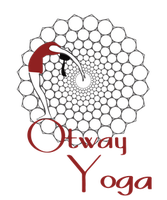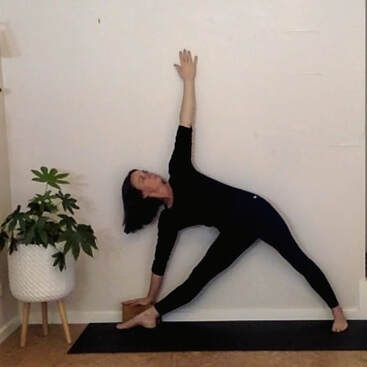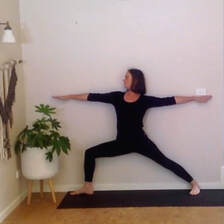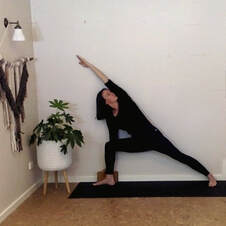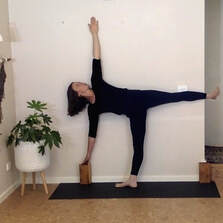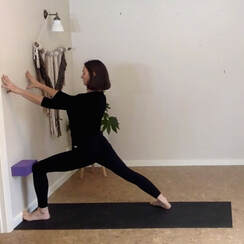BEGINNERS COURSE LESSON 3
Welcome to lesson 3 of the beginners course, In the videos below we will be using a bolster towards the end of each class. If you do not have a bolster that is ok just use pillows or cushions that you have at home. The firmer the cushion the better.
Enjoy your lesson
|
CLASS 3
Props Required - 2 blocks, 2 blankets, belt and bolster Duration - 56 minutes |
SHORT PRACTICE
Props Required - 2 blocks and 2 blankets Duration - 32 minutes |
GROUPS OF POSES IN IYENGAR YOGA
There are certain groups of poses taught in Iyengar yoga, these groups of poses all have different effects on the body, physically, physiologically, emotionally and mentally. For the remained of your course we will be looking at each of these groups of poses. The first group we are going to look at are the standing poses.
STANDING POSES
The standing Poses are the initial poses taught in an Iyengar Yoga class. These poses bring an understanding of alignment and correct posture. We learn how to use our arms and legs to activate the torso, more movement is gained in the hips and the shoulders, the spine is lengthened and the chest is broadened. Standing Poses help to develop strength, stability, flexibility, confidence and clarity.
STANDING POSES WITH THE BACK TO THE WALL
Using the wall as a prop for standing poses can assist in many ways, such as stability, correcting alignment and working on specific parts of the body.
|
Utthita Trikonasana with back to the wall
|
UTTHITA TRIKONASANA Having the back to the wall in Utthita Trikonasana gives support and also helps to work on the lateral alignment of the pose.
When on the right side draw the right buttock away from the wall and left buttock, upper thigh to the wall. Try to keep the back of the torso, left arm, and head to the wall. |
Working in this way applies to all lateral standing poses, here are some examples of Virabhadrasna 2 (Warrior 2), Utthita Parsvakonasana (Side Angle Pose) and Ardha chandrasana (Half Moon Pose).
STANDING POSES WITH THE HANDS TO THE WALL
|
VIRABHADRASANA 1 Placing a block in between the knee and the wall for Virabhadrasana 1 helps to square the front leg and also keep the alignment of the bent leg.
Pressing the fingertips into the wall helps to lift up through the front of the body and draw the shoulders back. |
Virabhadrasana 1 with the fingertips to the wall
|
